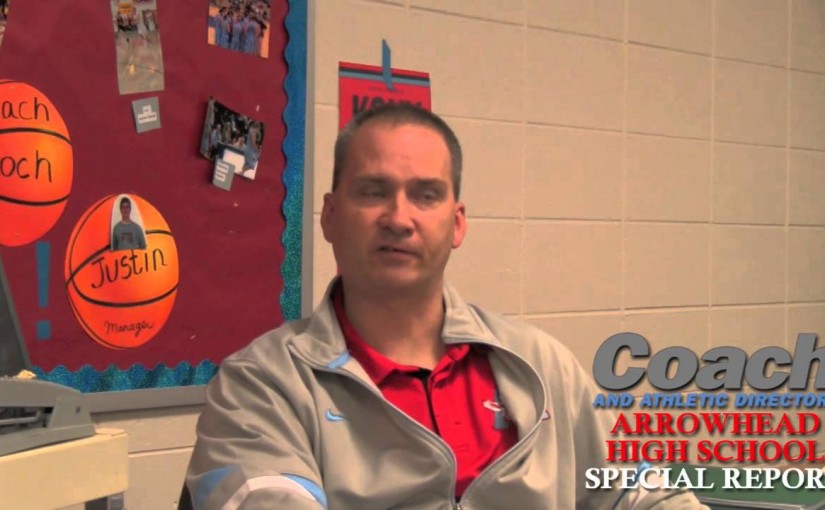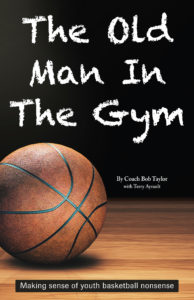Eating right during the offseason
A decrease in activity level due to an injury or the offseason can cause an athlete to become concerned about weight gain or muscle loss.
I receive numerous inquiries from athletes asking how much they should decrease their dietary intake to avoid these pitfalls. There are a few points to be considered as we delve into this topic. It’s important to remember that adolescents are in a developmental phase and a significant decrease in caloric intake could potentially affect their overall bone health and hormonal balance. However, when an athlete trains daily for two to three hours and then stops, the energy expenditure is less and, therefore, so are the caloric needs.
Energy balance is the number of calories ingested versus the number of calories expended via exercise. I use this definition as an overriding principal in my work with athletes, whether it be to increase or decrease caloric intake. When an athlete understands and embraces the idea of energy balance, they are on their way to healthy weight management for a lifetime.Here are some ideas and principles that can help an athlete maintain a healthy balance throughout the year.
1. Do not skip meals
To effectively fuel our bodies and keep a healthy metabolism, it’s important to consume a meal or snack roughly every three to five hours daily. This prevents excessive hunger, which can lead to overeating.
Consider using the outline of three meals and one to two snacks daily. When choosing a snack, I recommend pairing a carbohydrate and a protein for the most sustainable amount of energy (e.g. a banana with a large spoonful peanut butter). When in season, you likely will notice that your snack sizes and frequency increase, and you also should consume a recovery beverage or snack. When energy expenditure is low, additional calories may not be necessary due to the absence of a sport or activity.
2. Pay attention to portions
Learning to visualize a portion size can help guide us when plating meals and snacks. To visualize portions, try using an everyday object. For example, a baseball is equal to 1 cup of pasta or cereal, and your palm is equal to 3 ounces of chicken, fish or steak.
Athletes also might use a smaller plate for meals, making it difficult to pile on too much food.
3. Use the ‘Athlete’s Plate’ as a guide
The registered dietitians at the U.S. Olympic Training Center created the Athlete’s Plate to give a visual representation of fueling for different periods of an athlete’s training cycle. You can find it at www.teamusa.org.
In the “Athlete’s Plate,” you’ll notice that the percentage of the diet coming from carbohydrates increases with intensity and duration of activity level. During the offseason, your plate might consist of more fruits and vegetables and fewer grains, while during the season your plate may include more carbohydrates and grains.
Overall, learn to listen to your body’s hunger and fullness cues. When you have an increase or decrease in your activity level, you’ll likely feel a change in appetite. Paying attention to this is a valuable skill that helps you throughout your lifetime and athletic career. Also, it’s important to realize that nutrition should be individualized and it’s not a one-size-fits-all approach.
Laura Moretti is a registered dietician with Boston Children’s Hospital in the Division of Sports Medicine.









